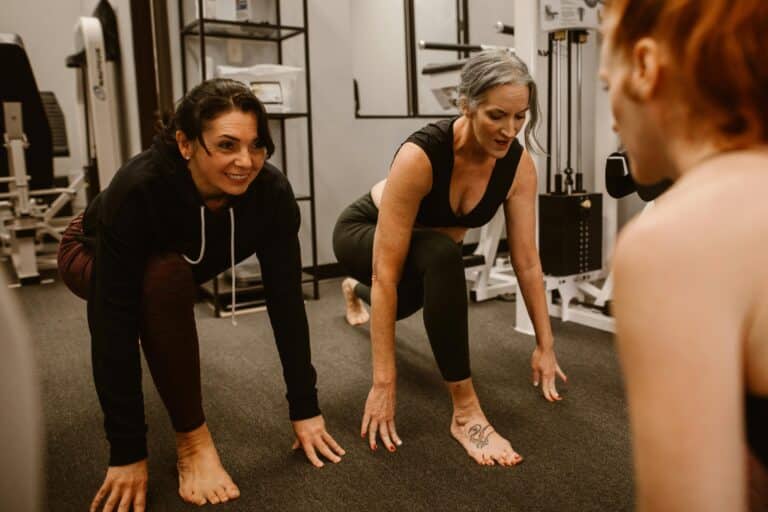With the “sick season” upon us, I’m starting to see more babies with cold symptoms and their concerned parents are wondering what then can do to help their precious bundle of joy.
In pediatrics, we often say “children are not little adults” but in the case of the common cold, they really are. They have the same symptoms, runny nose, red-rimmed eyes, cough and they just FEEL YUCKY! With those symptoms, most babies are fussier than usual and don’t sleep well at night. That’s just like an adult with a cold (or maybe just me).
One of the main differences between babies and adults is that an adult cannot wake up off and on all night and have someone really “care” that you can’t sleep because you are so congested or your throat hurts. As much as your spouse loves you, the most common response is “just deal with it” and go back to sleep. Not so for infants; they are usually up and down all night, don’t feed as well and just want to be held a little more.
When infants get a cold, it is not uncommon for them to run a fever along with the cold symptoms. This usually only lasts a day or two and then resolves, but the other common cold symptoms may last from seven to 10 days.
The first several days of a cold usually begin with a runny or congested nose and a cough. With a cold, they may not want to nurse or drink their bottle as well since they have a hard time breathing and sucking. This leads to a cranky baby, who may take less with each feeding but will need to eat more often.
It is important to make sure babies stay hydrated. Contrary to popular myth, drinking formula or breast milk does not make a cold worse. Fluids are the most important thing. If your baby is having difficulty taking the bottle or latching on due to the congestion, you may use the “bulb syringe” that is sent home with the baby after birth. Place the tip of the bulb syringe inside the baby’s nostril to remove mucus and help them breathe and eat. You may also use a little salt water nose drops to squirt up their nose to help the mucus come out. It also helps to get a cool mist humidifier to place in the room at night to put some moisture in the air while the heat is running and the air is dry. The cool mist will also help alleviate some of the thicker mucus and help the cough that accompanies the cold.
The most important thing to watch for is any sign of respiratory distress. A child’s breathing may “sound noisy” but it is important once again to look at their chest to make sure that they are not using those muscles between the ribs and “pulling” when they are breathing. They may also have a congested cough and it can sound “junky” but they should still not be showing any signs of difficulty with breathing. Coughs are also protective in that they help move mucus and keep the airway clear to prevent pneumonia.
Lastly, your child should look a little better after the first several days of their cold. They should not develop fever later in the cold, and if they do it would be worth a pediatrician visit to check the ears. Not every baby with a cold gets and ear infection, as it usually develops after they have had several days of cold symptoms.
(Dr. Sue Hubbard is an award-winning pediatrician, medical editor and media host. “The Kid’s Doctor” TV feature can be seen on more than 90 stations across the U.S. Submit questions at http://www.kidsdr.com. The Kid’s Doctor e-book, “Tattoos to Texting: Parenting Today’s Teen,” is now available from Amazon and other e-book vendors.)










